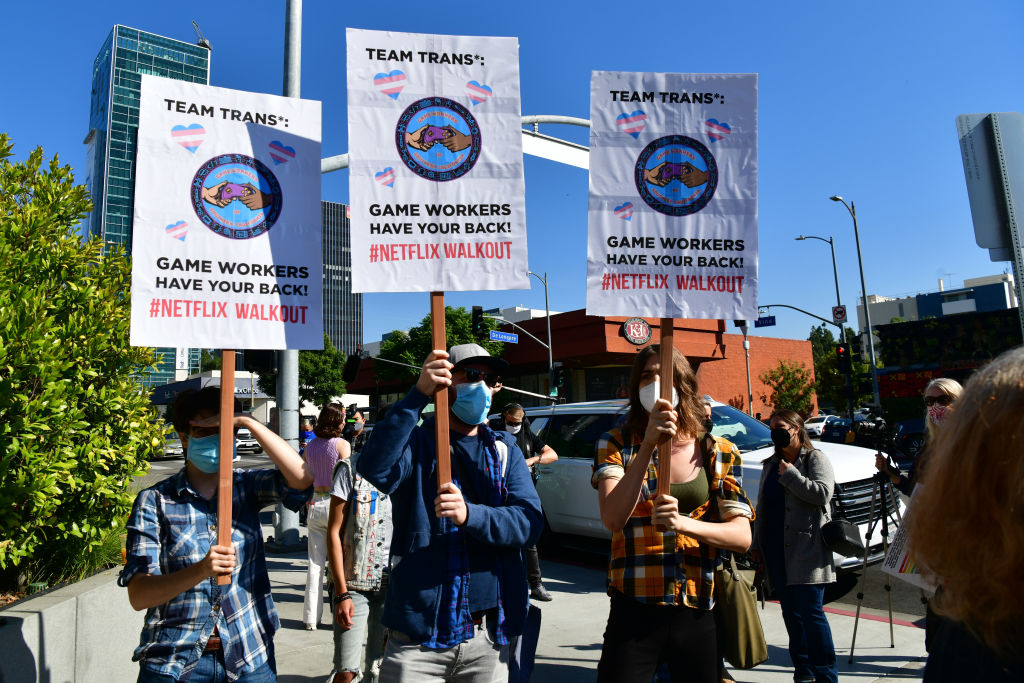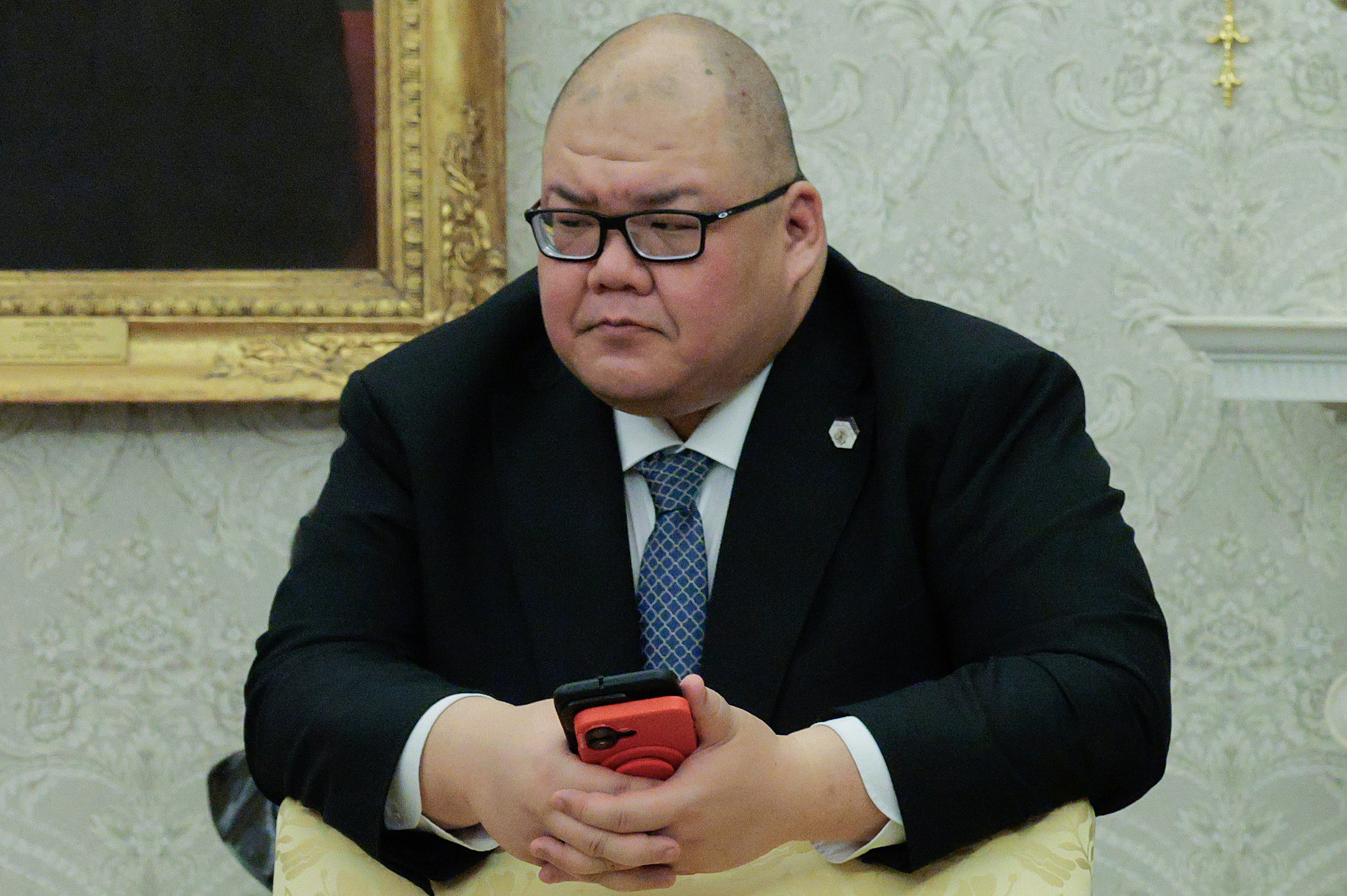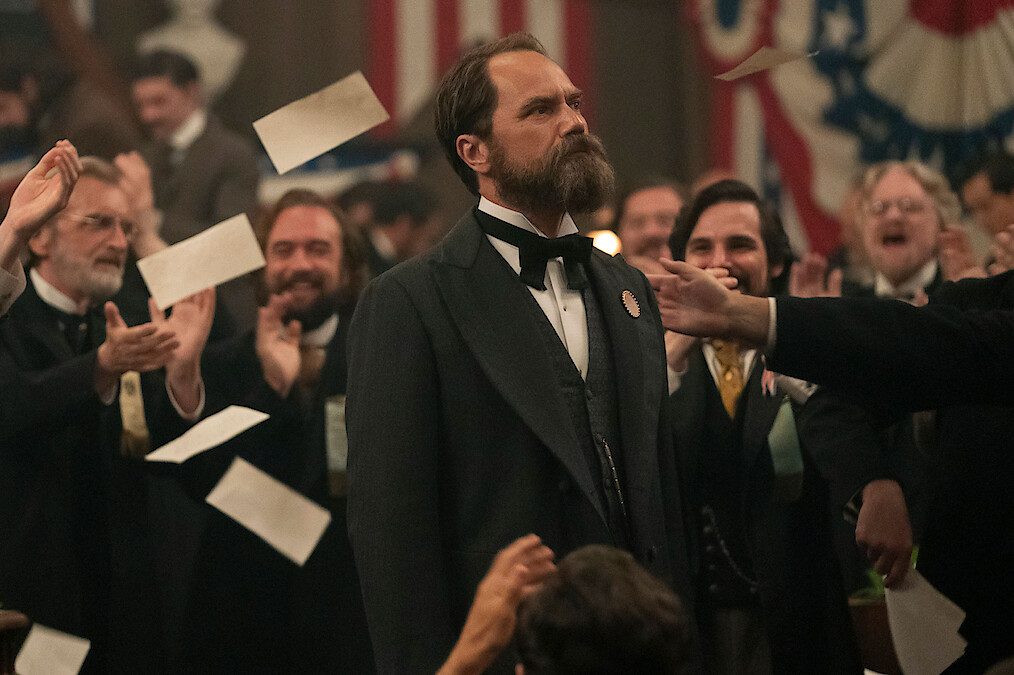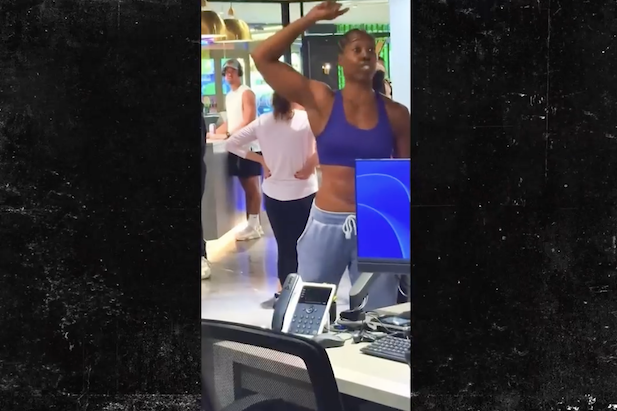The difference between what I call accuracy and right-side norms within newsrooms is simple. Accuracy norms require journalists to get to the truth. Right-side norms require journalists to prove they’re on the “right” side of controversies. If this includes obscuring or spinning certain facts, so be it. For reasons ranging from politicization to the gutting of smaller and traditional outlets, most American journalism now adheres to right-side norms.
Consider the Dave Chappelle controversy. If you don’t yet have an opinion about the jokes Chappelle makes about transgender people in his Netflix special, The Closer, watch it to get them in full context. There’s been enough bloviating about the jokes themselves. I’d like to talk about the shoddy coverage of the controversy they caused.
Chappelle’s special was met with instant outrage from activist groups and some Netflix employees. On Twitter, a trans woman Netflix worker directly connected Chappelle’s jokes to the murders of trans women, listing the victims by name. Soon, there was talk of a protest. “At least one thousand Netflix employees are expected to participate in a virtual walkout,” J. Clara Chan asserted in the Hollywood Reporter, citing a current staffer. It wasn’t clear whether that figure described the number expected for a virtual protest or a physical protest outside Netflix’s Los Angeles headquarters, but many outlets, including NPR and Gizmodo, ran with the idea of a stirring in-person gathering. Some outlets speculated that this dustup would severely damage Netflix. PBS Newshour, the Platonic ideal of the old-school, down-the-middle news show, tweeted out a teaser for its coverage in which an activist said “Netflix may become a stigma brand… if that’s the case, they will lose employees to their competitors.”
When October 20 rolled around, hardly anyone showed up. According to the Times, only “dozens” of employees were there, alongside various allies and counter-protesters. Netflix has something like 10,000 employees worldwide, and more than 3,000 at its LA headquarters. Despite the blanket cheerleading poorly disguised as news from just about every mainstream outlet, and despite Netflix bosses having explicitly approved of the protest, this turnout was tiny. It suggests that only a fringe group within Netflix were upset enough to do anything tangible about Chappelle’s alleged sins. But you wouldn’t know that from the reporting.
The coverage of the protest itself was frequently misleading. The worst offenses against journalistic decency were directed at Vito Gesualdi, a YouTuber and podcaster whose counterprotest in support of Dave Chappelle featured signs reading “Jokes are funny” and “We love Dave.” Footage shows a protester grabbing Gesualdi’s sign and destroying it, leaving him holding a stick. “He’s got a weapon!” the protester yells, apparently hoping to stir the crowd or the police against him.
Surrounded by screaming protesters, he retreats. As he turns back, video shows, an activist pushes up against him, arms out, instigating physical contact and preventing him from returning. Led away, he turns back. An activist gets up in his face, arms outstretched, and blocks him. Another materializes with a tambourine and begins chanting “Repent, motherfucker! Repent, motherfucker!” Gesualdi gives an impassioned but inoffensive speech about how jokes are funny. Around this time, Gesualdi’s podcasting partner, the comic Dick Masterson, is pushed by a protester. (His head hit an ornamental concrete ball and he required a neurological examination.)
Here’s how Variety presented the moment in a tweet bearing a photo of Gesualdi and the protester that got up in his face: “At times, the #NetflixWalkout situation threatened to devolve as counterprotesters pushed against trans speakers.” But the video shows the opposite. At no point does Gesualdi come close to instigating physical contact with anyone. The Variety photo was taken after Gesualdi was led away. The protester is physically barring him from heading back toward it.
“Comedian and videographer Vito Gesualdi screams profanities as he engages with peaceful protesters begging him to leave outside the Netflix building in the Hollywood section of Los Angeles,” was the Associated Press’s caption for a photo of Gesualdi with a tambourine in his face. But Gesualdi never screamed profanities, and one of these “peaceful protesters” had just grabbed and destroyed his sign.
Both outlets eventually repented. Variety apologized for its tweet and deleted it. AP corrected its caption — to one that still makes Gesualdi sound far more aggressive than he appears on the video, and suggests that he had hurled profanities. What would have happened if there hadn’t been video?
Every left-leaning mainstream outlet clamored to show its right-side virtue. They all backed the protesters. Yet Netflix received only a thousand or so complaints about a special watched by millions. This suggests that most people — even most Netflix employees — weren’t particularly outraged. Perhaps they still believe that jokes are jokes, and that it makes no sense to single out Chappelle’s material about trans people given that for decades he has joked about crackheads, opioid addicts, nerdy white people and everyone else, including, in his most recent special, “Space Jews” (don’t ask).
This cohort — likely the vast majority — was almost entirely invisible in mainstream reporting on this contrived nontroversy. This is a bad sign: right-side norms are leading outlets away from the public they’re meant to be serving.
This article was originally published in The Spectator’s December 2021 World edition.

























